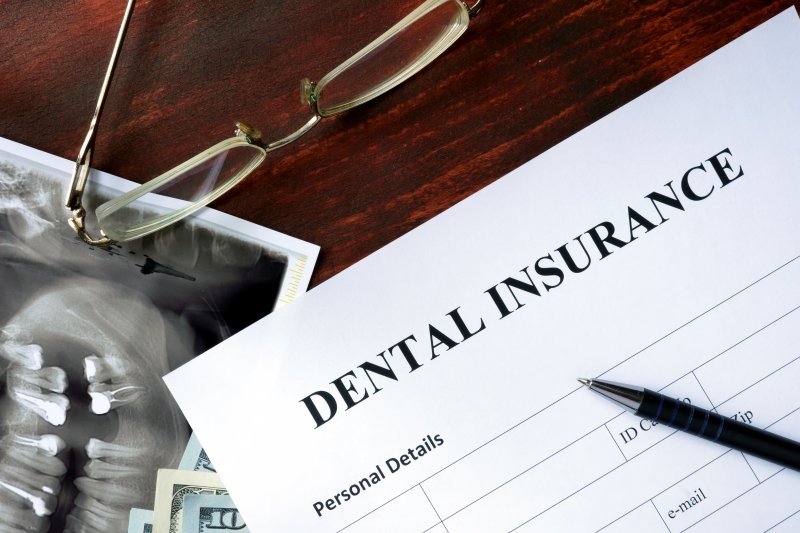
Dental health is essential, and so is making the most of your dental insurance benefits. While many people associate insurance primarily with paying for major procedures, it’s important to remember that it can also help you maintain your oral health through essential treatments like cleanings and dental fillings.
Continue reading to learn why using your insurance benefits for smaller treatments like fillings before the end of the year is a smart move and how it can increase your overall well-being.
Why Are Fillings Important?
Dental fillings are a common dental procedure used to treat cavities and prevent further tooth decay. They’re a small but mighty way of maintaining your oral health, preventing pain, and keeping up the appearance of your teeth.
Ignoring cavities can lead to more extensive dental problems like severe tooth decay and loss of teeth. The treatments for these problems are far more costly, so it’s important to get fillings done whenever you need them instead of waiting for the problem to worsen.
How Does Dental Insurance Work?
Dental Insurance is mainly used for preventive care instead of large or complex procedures. Most dental insurance plans cover preventive and restorative treatments, including fillings by 80 percent or more.
These benefits are designed to encourage policyholders to seek dental care in a timely fashion. By using your insurance benefits for fillings, you’re taking proactive steps to protect your teeth and overall health.
Your insurance is generally comprised of four parts – The deductible, the co-pay, the coinsurance, and the premium.
- Deductible – A deductible is the initial amount you must pay out-of-pocket for covered expenses before your insurance coverage kicks in. For example, if you have a dental insurance policy with a $100 deductible, you’ll need to pay the first $100 of covered expenses before your insurance starts covering the remaining costs.
- Co-Pay – A copayment is a fixed amount you must pay depending on the service you’re receiving at the dentist. For instance, your insurance may have a $15 co-pay for a cleaning. So, if you go to the dentist for a cleaning, you’ll pay at least that much.
- Coinsurance – This is like a co-pay, but instead of a fixed cost, it’s a percentage of the total cost. If your insurance pays 80 percent of the cost for fillings, then you’ll only be responsible for the other 20 percent of the treatment.
- Premium – A premium is the regular payment you make to your insurance provider to maintain your coverage. It’s typically paid on a monthly or annual basis.
Now that you know the parts of your insurance plan, and the advantages that come with preventive treatment of tooth decay, you can make full use of your dental insurance benefits.
So, get to the dentist, get those fillings, and protect your oral health! By doing so, you’ll not only save money but also maintain a brilliant smile free from cavities and pain.
About the Author
Dr. Prachi D. Shah is a highly trained and professional dentist who wants to bring people out of pain and restore their smiles. Dr. Shah earned her Doctor of Dental Surgery from New York University College of Dentistry. To schedule an appointment at South Arlington Dental Care, call (817) 860- 2222 or visit the website to learn more. They accept all insurance from Cigna, Aetna, BlueCross BlueShield, Delta Dental, and Network of America.
